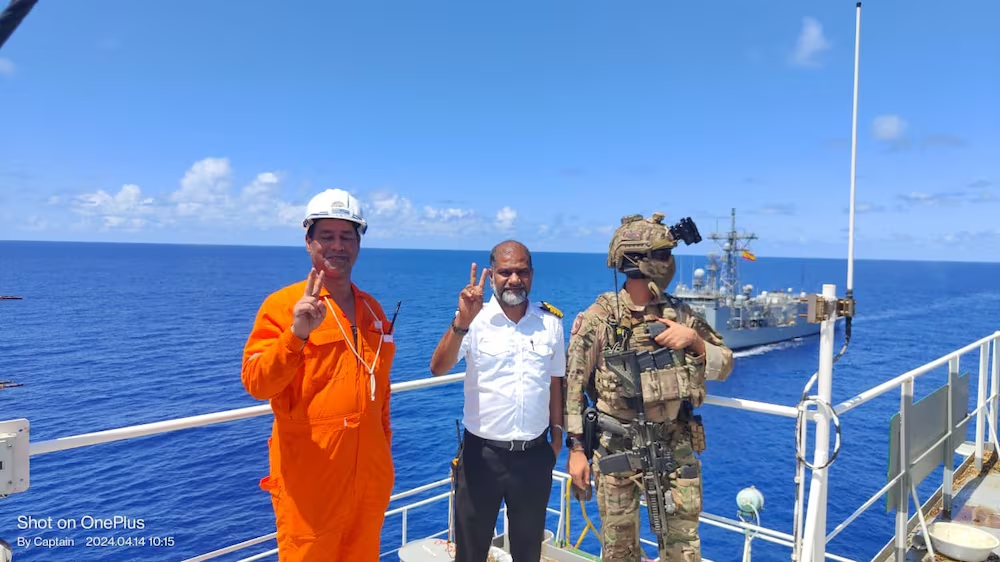by Seth G. Jones, Andrew Liepman, Nathan Chandler
This report analyzes the U.S. and allied campaign against the al Qa’ida–linked terrorist group al Shabaab in Somalia, examines what steps have been most successful against the group, and identifies potential recommendations. It concludes that, while al Shabaab was weakened between 2011 and 2016, the group could resurge if urgent steps are not taken to address the political, economic, and governance challenges at the heart of the conflict.
This study finds that a tailored engagement strategy — which involved deploying a small number of U.S. special operations forces to conduct targeted strikes, provide intelligence, and build the capacity of local partner forces to conduct ground operations — was key in degrading al Shabaab. Still, progress in Somalia is reversible in the absence of continued and consistent pressure and political, economic, and social reforms.
Today’s terrorism and insurgency landscape defies easy solutions, with challenges from the Islamic State, al Qa’ida, and other groups across the Middle East, Europe, Asia, and Africa. While there has been a significant focus on how and why the U.S. and other Western governments have failed to degrade terrorists and insurgents in Iraq, Syria, Afghanistan, Libya, and other countries, there has been far less attention on successful efforts to degrade groups. In Somalia, there has been limited progress. The challenge will be preventing a reversal.
Key Findings
A Tailored Engagement Strategy Was Key to Degrading al Shabaab
- This involved deploying a small number of U.S. special operations forces to conduct targeted strikes, provide intelligence, and build the capacity of local partner forces to conduct ground operations.
- There were several other factors that weakened al Shabaab, such as internal friction among al Shabaab’s senior cadre caused by poor leadership, battlefield losses, personality clashes, clan dynamics, and ideological disputes.
Without Continued and Consistent Pressure and Reform, Progress in Somalia Can Slip
- Al Shabaab has not given up its ambition to control greater Somalia, and it retains the ability to retake territory, particularly if the United States and its allies fail to effectively deal with the challenges outlined in this report.
- Numerous challenges are posed in this region that can hinder progress, such as the weak Somali government, a poorly trained Somali National Army force, and the use of clan militias by the African Union Mission to Somali (AMISOM) following al Shabaab’s withdrawal.
- The United States and other Western governments have not committed enough resources and attention to address Somalia’s political, economic, and governance challenges that are at the heart of the conflict.
Recommendations
- Reopen the U.S. embassy in Mogadishu.
- Increase economic assistance to Somalia.
- Augment U.S. military train, advise, assist, and accompany efforts.
- Aid Somalia’s neighbors and support continuation of the African Union Mission to Somali (AMISOM).
- Continue limited U.S. direct action operations.
SOURCE:Rand.org



























